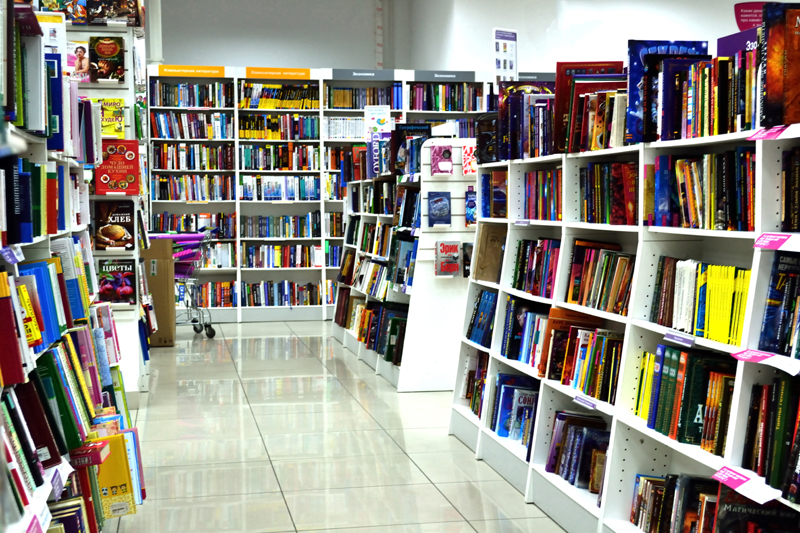When is a Book Not a Book?

In the 15th century, before the advent of movable type, literacy was reserved to a privileged few and the monks who dutifully copied manuscripts. Troupes of actors performed "everyman plays" to teach and entertain the masses.
Johann Gutenberg changed history and the world in 1450. The arrival of the printing press heralded the possibility for "every man" to learn to read. Production of books moved from under the auspices of the religious and scholarly worlds into the commercial realm.
From our stance at the beginning of the 21st century, it is hard to imagine a world where people did not have immediate access to the printed medium. It is correctly observed by Donald R. Katz that, "Reading, after all, when measured against centuries of human existence, has been but a brief aspect of human experience."
Today the world is in the midst of yet another revolution. Aspects of this revolution reach back to the tradition of the "everyman plays." We are confronted with the highly mobile society of the early 21st century and its enamourment with technology. The rapid stock growths of various technology companies beyond their actual worth attest to this fixation. The production of non-traditional book forms has ensconced itself into our life. The most apparent non-traditional book form is the "book on tape."
As one of the fields most closely linked with the printed media librarians must ask themselves the following:
- Is a "book on tape" or any other electronic media really a book?
- How does this new technology interact with society?
- Will the teaching of reading skills be affected?
- What impact will the "information superhighway" have?
- What is the library’s role in making this technology accessible?
My personal use of audio books began the Spring of 1989. The Laurita family was then preparing to return to the United States from Vicenza, Italy. I sought escape from the mind numbing chores involved in moving (packing, washing, etc.) In desperation for intellectual relief I checked out Kafka's The Metamorphosis in audio book form. Thus began a continuing appreciation for books on tape.
In retrospect, I would never have checked out this particular book in its traditional form. Through the audio book the author's work was opened up to me. Since that time many avenues have been explored via audio books. Paths that would not have been traveled using a different vehicle. Jane Austin, Robert McNeal, Michael Chrichton, T.S. Elliot, Chaucer, and even Mary Higgins Clark can now be counted as either new friends or old friends found again. Biographies, travel guides, "classics," self-help, and novels that would have once been overlooked on the library shelf (by this mystery addict anyway) have been received and appreciated through the "revolutionary technology."
Is a book on tape really a book? Asking someone what a book is will usually evoke a physical description. Cover, pages, spine, paper, numbers, words are all attributes that may be named. Yet, which of these characteristics is the essence of a book? Is it not the transmission of an idea? Authors, one can assume, care little whether their words are printed in Times New Roman, Arial, or Geneva fonts. The important thing is that words, thoughts, and images are conveyed to the reading public.
Accepting this premise the answer to the question would be "yes." A book on tape is indeed a book, since it allows the essential purpose of a book to be attained.
Next week we will explore how audio books, and other formats, fit into our society.

Editor's Picks Articles
Top Ten Articles
Previous Features
Site Map
Content copyright © 2023 by Paula Laurita. All rights reserved.
This content was written by Paula Laurita. If you wish to use this content in any manner, you need written permission. Contact Christine Sharbrough for details.


